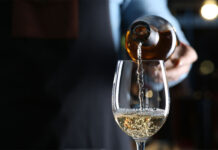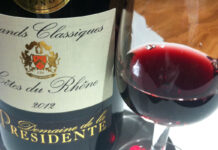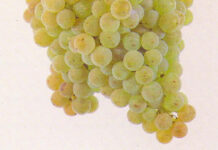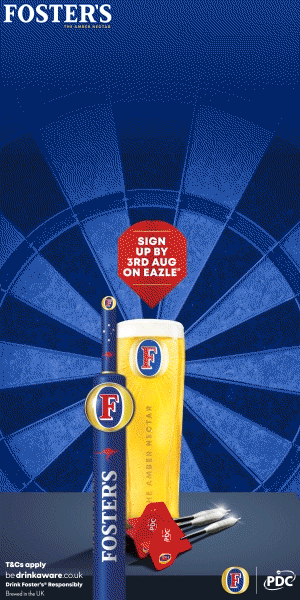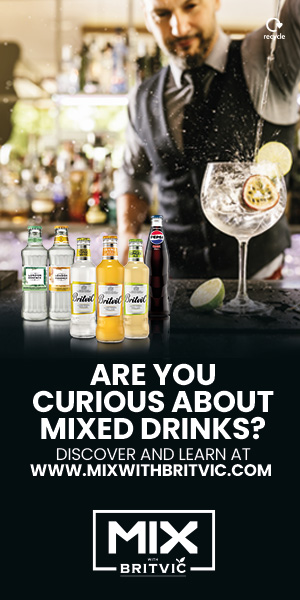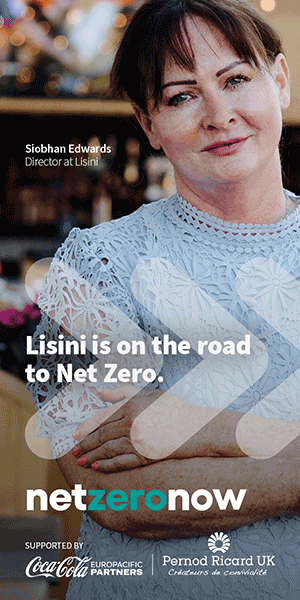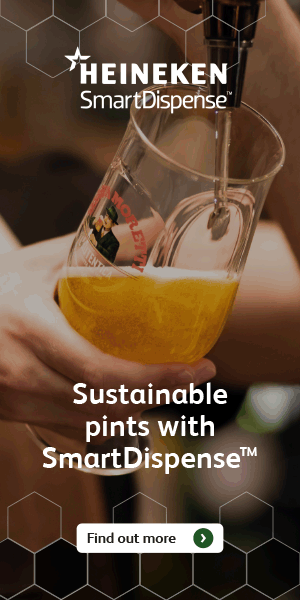Luke Richardson is the sommelier at wine bar Le Di-Vin in Edinburgh. In his column for SLTN he shares his thoughts on all things wine-related and answers your questions about wine. If you have a question for Luke email it to sltn@peeblesmedia.com

HI again all!
This time around I thought I would start to talk about one of my favourite white grapes – Riesling – with some general information in this issue, and some recommended regions and styles in the next.
Having suffered from such bad press over the years, it is little surprise that this often misunderstood grape remains on the smaller scale of world wine production, but it has many redeeming qualities making it worth seeking out.
Firstly, in my humble opinion, is its ability to show its terroir in every sip – Rieslings really do taste different depending on where they are grown.
Also, of all the white wine grape varieties, the acidity in Riesling is the slowest to age, meaning that top quality examples of dry wines can continue improving in bottle for many years, even decades. For dessert wines, this period can be stretched into centuries.
It is a very particular grape, quite difficult to ripen, and with quite a wide range of flavours when transformed into wine – green apple, lemon, lime, yellow plum, peach, apricot, honey, smoke, lanolin and even kerosene can be detected depending on where it comes from.
With such a broad range of flavours, it can be tricky to match with food; but, regionally, the wines are stylistically similar to a certain extent – especially in the well-established areas – making it easier; and there are some great classic Riesling and food combinations I’ll come back to next time.
The main issue that people have with selecting Riesling is simply ascertaining the sweetness level of each wine beforehand, but there are several indicators that you can use to help make an educated guess.
First and foremost of these is the alcohol by volume (ABV).
If a table wine is around 12%-12.5% ABV or higher, the wine is most likely to be absolutely bone dry.
The one exception to this rule would be wines from New Zealand, where some producers harvest much later and can make slightly off-dry wines, but for European wines, anything over 12% ABV is going to be dry.
The scale slides down to around 6.5% ABV for the least alcoholic table wines, and these could easily be described as ‘sweet’, although they often have a huge burst of acidity behind them which cleans off the palate and refreshes the palate to a certain extent.
On that note, it’s worth mentioning how we discern sweetness as a flavour factor.
We actually only notice sweetness as a balance to acidity, so if the wine seems sweet when you first put it into your mouth, but that sweetness is then balanced out by the wine’s acidity in its finish, leaving no discernible sweetness in the mouth once you have swallowed, then the wine would be described as dry.
It’s only if there is some sweetness left in the mouth that you would describe it otherwise, and depending on the amount of sweetness, it would either be off-dry, medium or sweet.
So, a wine at 10%-11% ABV is most likely to be just off-dry, and more medium (sweet) at the 7%-8% ABV level.
It is only really the dessert wines that ever get to be truly sweet, and more about them next month.
Until then, happy drinking!


